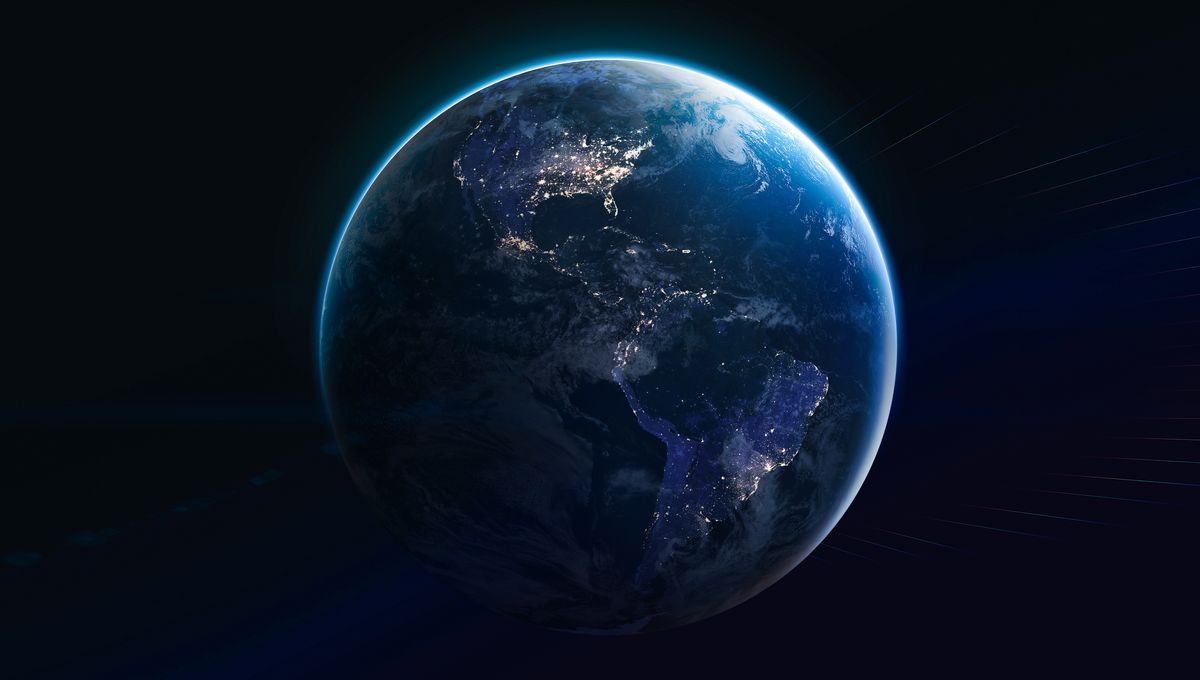
A new study dates the start of the Anthropocene, the epoch where human impact on the Earth system causes it to deviate from its natural behavior, as having started in the middle of the last century. Human activities have reached a point where their impacts on the planet’s system can be observed, and it’s driving significant changes in its natural functioning that will last for many millennia to come.
However, defining exactly when this new epoch began is challenging, given that human impact varies across time and in different places. For instance, around 12,000 years ago, humans developed agriculture and started using around 75 percent of the total land available to them. Previous research has shown that early human-induced transformations of the Earth occurred at other dates too, such as 8,000 years ago with the advent of agricultural societies, or between 6,500 to 5,000 years ago with the development of irrigated rice cultivation. And what about the Industrial Revolution?
All these events introduced significant changes to the environment and changed the climate with the increase in atmospheric carbon dioxide and methane. Yet these events occurred at different times and places, and then spread geographically at different rates. This is why scientists have struggled to pin down the unique moment when this human-dominated epoch started.
Our conclusion that the start of the epoch is around 1952 is a very important finding that human society should share, because it changes the way we perceive human time in the context of the history of the Earth.
Michinobu Kuwae
This is one of the reasons why the Anthropocene Working Group (AWG) rejected a proposal to formally recognize our current time as the Anthropocene in March this year. The lack of specific stratigraphic markers – related to rock layers – indicating when human activities started to profoundly change the planet is now the remaining issue for the Anthropocene.
In order to address this, Michinobu Kuwae from the Center for Marine Environmental Studies, Ehime University, and colleagues compiled records of anthropogenic impacts at 137 sites around the world from the past 7,700 years.
Through their assessment, three candidate time points emerged. These included the period between 1855-1890, which saw significant changes associated with the Industrial Revolution such as a rise in lead concentrations, stable isotope ratios, and disturbances to lake nutrient balances.
The second candidate point came in the years between 1909 and 1944. During this time, there were significant shifts in pollen compositions, increases in black carbon (a form of pure carbon that is a major contributor to climate change) concentrations, and widespread stable isotope changes.
Finally, the period between 1948 to 1953 saw a massive increase in the rates of human impact, including the introduction of organic pollutants and the appearance of microplastics. This is also the time that the impacts of the nuclear age appear in the geological record, with the introduction of plutonium and modern carbon-14 from nuclear detonations.
Out of these three candidates, Kuwae and colleagues believe the latter period represents the clearest uptick in human impact across the globe.
“This study has identified the point at which the unprecedented rapid increase in anthropogenic fingerprints in geological strata, which began in 1952 CE, occurred simultaneously in Europe, North America, East Asia, Oceania, Antarctica, the Arctic and other regions. This suggests that human impact on the environment was spreading on a global scale at this time,” Kuwae told IFLScience.
“Our conclusion that the start of the epoch is around 1952 is a very important finding that human society should share, because it changes the way we perceive human time in the context of the history of the Earth.”
Establishing a geological boundary based on the global fingerprint explosions, Kuwae explained, “may be the only approach that can solve the problem of the earlier human impact on the Earth system at the beginning of the Holocene and the time-transgressive nature of human-induced environmental change.”
The implications for this study’s results are profound as they help us appreciate just how serious our current situation is.
“I think there has never been a time when it has been more important to change the way the general public views the relationship between humans and the planet. I believe that the concept of the Anthropocene is essential to changing this view” Kuwae stressed.
“If we are the last generation that can leave a safer global environment for future generations, then it could be said that the generation of this epoch has a responsibility to avoid irreversible changes to the Earth that have not yet occurred. To recognize this, we need a clear understanding that we are in the Anthropocene. In this context, we will need scientific evidence to show that it has begun. The clear stratigraphic evidence presented in this study that the informal Anthropocene began in 1952 should help to promote such public awareness.”
The paper is published in the journal PNAS.
Source Link: Geological Fingerprints Suggest The Anthropocene Started In The 1950s